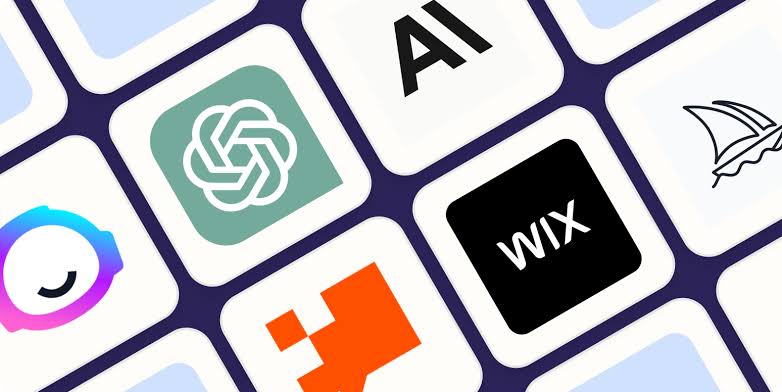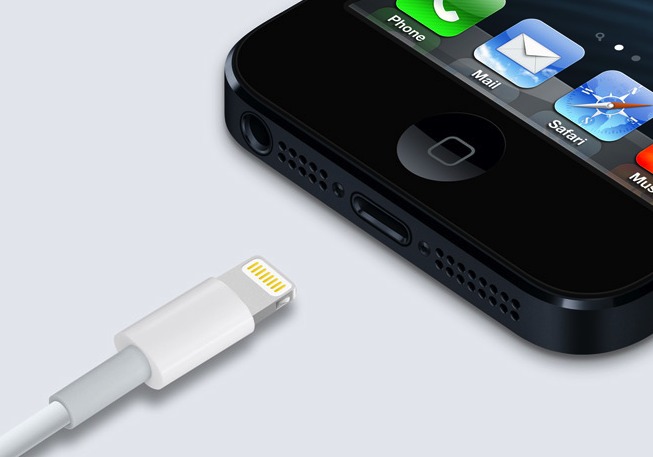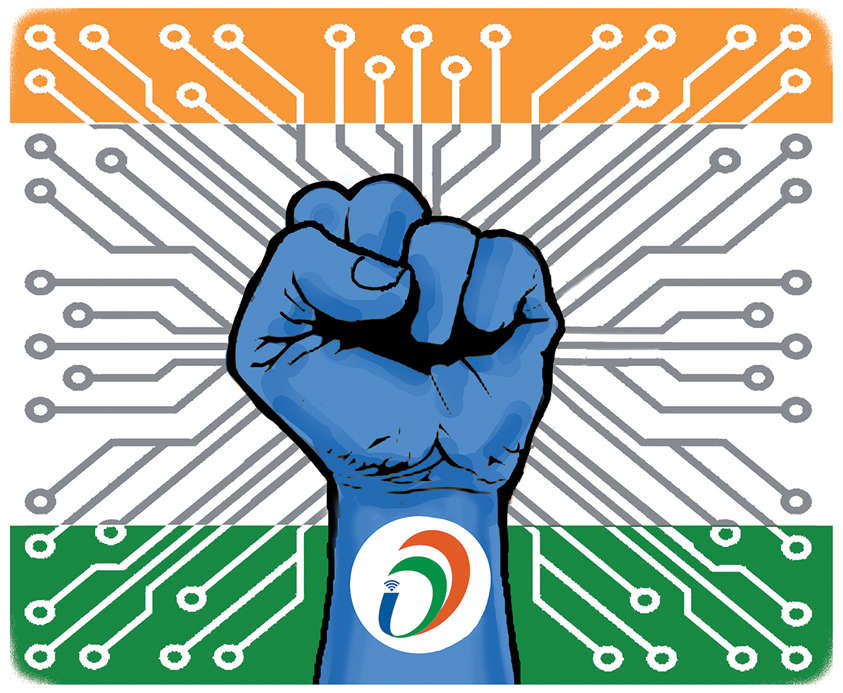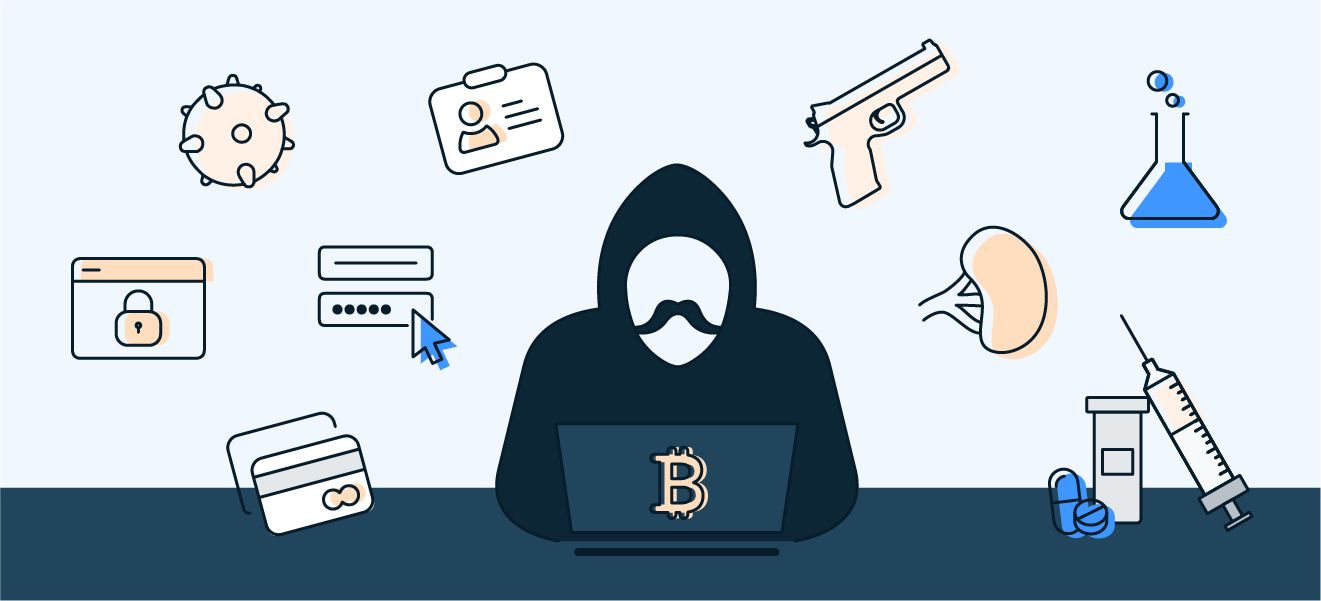
Generative AI Tools and Their Impact on Creative Industries
Generative AI tools are transforming creative industries by enabling faster, more efficient content creation across art, music, design, and writing. These tools generate new content based on existing data, providing inspiration and automating routine tasks. While they enhance creativity and democratize access to creative expression, they also raise ethical questions about originality, copyright, and job security.
✨ Raghav Jain

Introduction
The rise of generative artificial intelligence (AI) tools has been one of the most transformative technological developments in recent years. These AI systems can autonomously create content—ranging from text, images, music, videos, to 3D models—often with minimal human input. This capability is reshaping how creative industries operate, innovate, and deliver value to audiences worldwide. From graphic design and advertising to film production and game development, generative AI is introducing new creative possibilities, efficiencies, and challenges. This article explores what generative AI tools are, how they are influencing various creative sectors, their benefits and risks, and what the future may hold for creative professionals. Generative AI tools are rapidly transforming the landscape of creative industries, offering unprecedented capabilities for content generation, workflow automation, and the exploration of novel artistic expressions. At its core, generative AI leverages machine learning models, particularly neural networks and Generative Adversarial Networks (GANs), trained on vast datasets of existing creative works. By analyzing patterns and structures within this data, these tools can produce new and original content that often mimics human-created work in various domains, including visual arts, music composition, writing, design, and film production. Unlike traditional automation, which operates based on predefined rules, generative AI possesses the ability to learn, adapt, and generate outputs that can surprise and inspire, blurring the lines between human and artificial creativity. This transformative technology is not merely a tool for replication but a powerful collaborator that can augment human ingenuity, accelerate production processes, and democratize access to creative tools.
In the realm of visual arts, generative AI has opened up new avenues for artistic creation and exploration. Tools like DALL-E, Midjourney, Stable Diffusion, and Artbreeder enable artists to generate stunning and original digital artworks from textual descriptions or existing images. These platforms allow for the creation of entirely new visual concepts, the blending of different artistic styles, and the reimagining of historical art with futuristic twists. Artists can use AI as a partner to experiment with unconventional ideas, overcome creative blocks, and rapidly prototype design concepts. The ability of generative AI to produce images that blend realism and abstraction empowers artists to push creative boundaries in fields like graphic design, concept art, and digital illustration. Moreover, AI tools can assist in automating repetitive tasks, such as image editing and style transfer, freeing up artists to focus on conceptualization and higher-level creative decision-making. This not only enhances efficiency but also allows for greater artistic experimentation and the development of unique visual languages.
The impact of generative AI on music composition is equally profound. Platforms like Jukedeck and AIVA empower musicians, filmmakers, and content creators to automate the process of music creation, generating original tracks suitable for various purposes, from film scores to personal use. These AI algorithms are trained on vast archives of music, enabling them to identify patterns, rhythms, and narrative techniques, and subsequently produce music in a wide range of genres and styles. Musicians can use AI to explore different musical ideas, overcome writer's block, and craft personalized and tailored pieces that align with their specific tastes and preferences. AI music generators can create anything from simple loops to full compositions, offering an invaluable tool for rapid prototyping, background score generation, and the exploration of unconventional sonic landscapes. While AI can significantly speed up the music creation process, it is crucial to view it as a tool that augments human creativity rather than replaces it, allowing musicians to focus on the emotional and artistic intent behind their work.
In writing and journalism, generative AI tools like ChatGPT and Jasper are transforming content creation by assisting in generating blog posts, ad copy, video scripts, and even news articles. These AI-driven platforms can analyze large databases of text to identify patterns in language, tone, and style, enabling them to produce human-like text on a wide range of topics. Journalists can leverage AI for tasks such as transcribing interviews, summarizing articles, generating headlines, and even assisting in investigative reporting by analyzing large datasets. Content creators can use AI to overcome writer's block, generate initial drafts, and optimize content for SEO and audience engagement. While AI can significantly enhance the speed and efficiency of content production, concerns remain regarding the accuracy, originality, and ethical implications of AI-generated text, particularly in journalism where factual reporting and human oversight are paramount. Ensuring transparency about the use of AI in content creation and maintaining human editorial control are crucial to upholding journalistic integrity and public trust.
The fields of design and architecture are also experiencing a significant impact from generative AI. Architects can use AI as a collaborative partner to synthesize data, aesthetics, and ideas in novel and unexplored ways. Tools like Adobe Firefly enable architects to generate design options from textual prompts, rapidly prototype concepts, and explore unconventional solutions that might not have been apparent through traditional design processes. Generative AI can analyze site constraints, budget limitations, construction materials, and code requirements to help architects account for potential problems early in the design phase, leading to less waste and greater profitability. Designers can leverage AI to generate logos, product mockups, and website interfaces, streamlining the ideation process and allowing for rapid iteration based on feedback. The ability of AI to make novel connections and identify unanticipated relationships within design parameters can lead to out-of-the-box thinking and the creation of more efficient, sustainable, and aesthetically innovative built environments and products.
However, the rise of generative AI in creative industries is not without its challenges and ethical considerations. Questions surrounding originality, authorship, and artistic value are becoming increasingly complex as AI-generated content proliferates. Since AI models are trained on existing datasets, concerns arise about copyright infringement and the potential for AI to perpetuate biases present in its training data. Ensuring transparency about the use of AI in creative processes and establishing clear guidelines for intellectual property rights are crucial for navigating these ethical dilemmas. Furthermore, the potential for misuse of generative AI to create deepfakes, spread misinformation, or generate harmful content necessitates careful consideration of safety, robustness, and fairness in the development and deployment of these tools. Maintaining human oversight and accountability for AI-generated outputs is essential to mitigating these risks and ensuring that the technology is used responsibly and ethically.
Looking ahead, the future of creative industries with generative AI is likely to be characterized by increasing human-AI collaboration. Rather than replacing human creators, AI will likely serve as a powerful tool that augments human ingenuity, streamlines workflows, and expands the possibilities of artistic expression. The ability of AI to automate repetitive tasks, generate novel ideas, and personalize content at scale will empower creators to focus on higher-level strategic and creative decisions. New roles are emerging for professionals who can design, train, and fine-tune AI models to meet creative goals, as well as for AI art curators who can evaluate and contextualize machine-generated artworks. The development of user-friendly interfaces and more sophisticated AI models will further democratize access to these tools, allowing individuals without deep technical or artistic skills to participate in the creative process. However, it is crucial to foster a human-centric approach that preserves the value of human creativity, ensuring that unique human elements such as personal stories, emotional resonance, and cultural nuance remain at the forefront of creative expression in this evolving landscape. The ongoing dialogue between artists, technologists, policymakers, and the public will be essential to navigating the transformative potential of generative AI and shaping a future where technology and human creativity work in synergy to enrich our cultural landscape.
What Are Generative AI Tools?
Generative AI refers to machine learning models designed to produce new content based on data they have been trained on. Unlike traditional AI, which is often used for classification or prediction, generative AI creates original output that can mimic human creativity. These tools use techniques such as Generative Adversarial Networks (GANs), transformers (like GPT models), and variational autoencoders.
Popular examples include:
- Text generation models like OpenAI’s GPT series, capable of writing essays, stories, and even code.
- Image generation tools such as DALL·E and Stable Diffusion, which create artwork or realistic images from text descriptions.
- Music generators like Jukedeck or Amper Music that compose soundtracks.
- Video and animation tools that assist in generating scenes or character movements.
By leveraging massive datasets and advanced algorithms, generative AI can produce creative content rapidly, offering novel ideas and iterations that can inspire human creators.
The Role of Generative AI in Various Creative Industries
Graphic Design and Visual Arts
Graphic design has seen a revolutionary shift due to AI-powered tools. Traditionally, designers spent hours conceptualizing and drafting. Now, generative AI can produce multiple design options instantly, from logos to marketing materials. Tools like Canva’s AI features or Adobe Firefly help designers brainstorm by generating ideas or enhancing existing artwork. This not only speeds up workflows but democratizes design, allowing non-experts to create high-quality visuals.
Artists also use AI to create new art styles or combine influences seamlessly. AI-generated art has entered galleries and auctions, blurring lines between human and machine creativity.
Advertising and Marketing
In advertising, creativity and speed are crucial. Generative AI assists marketers by crafting personalized content, from social media posts to email campaigns. AI can generate ad copy, slogans, and even entire storyboards based on audience data. This allows for hyper-targeted campaigns that resonate better with specific demographics.
Furthermore, AI-generated visuals and videos help brands create fresh content faster, reducing costs and expanding creative possibilities. For example, a fashion brand can quickly produce virtual try-on videos or generate product photos without extensive photoshoots.
Film, Animation, and Gaming
The film and entertainment industries are adopting generative AI for scriptwriting, storyboarding, and special effects. AI can suggest plot ideas or dialogue lines, helping screenwriters overcome writer’s block. Animation studios use AI to generate backgrounds, character animations, and even deepfake technology for realistic visual effects.
In gaming, generative AI creates expansive worlds, characters, and scenarios dynamically. Procedural generation powered by AI leads to unique player experiences with endless variations, enhancing replayability and immersion.
Music and Audio Production
Music composition and sound design benefit significantly from AI tools that generate melodies, harmonies, and beats. Composers use AI to explore new musical styles or quickly draft pieces. AI-generated music is also used for background scores in videos, games, or advertisements where quick turnaround is needed.
Additionally, AI aids in mastering tracks, enhancing audio quality, and automating repetitive editing tasks, freeing artists to focus on creativity.
Benefits of Generative AI in Creative Industries
Enhanced Productivity and Efficiency
One of the most immediate impacts of generative AI is the increase in productivity. Creators can produce multiple versions of content within minutes, accelerating the iterative process. Tasks that used to take days can now be done in hours or less.
Democratization of Creativity
Generative AI lowers the barrier to entry for creative work. People without formal training can use AI tools to express ideas visually or musically, expanding the diversity of creators and voices.
New Creative Possibilities
AI generates ideas that humans might not conceive independently, fostering innovation. It can combine styles, experiment with forms, or create surreal concepts, opening new artistic frontiers.
Cost Reduction
By automating labor-intensive tasks such as background generation or editing, AI reduces production costs. Smaller studios and independent creators benefit by accessing capabilities previously limited to large enterprises.
Challenges and Concerns
Ethical and Copyright Issues
AI-generated content raises questions about authorship and intellectual property. Who owns an artwork created by AI? How do we protect original artists when AI models are trained on existing works without consent?
Quality and Originality
While AI can produce impressive results, it can sometimes generate generic or derivative content. The lack of genuine emotional depth or cultural context can limit AI's creative authenticity.
Job Displacement Fears
Some worry that AI might replace human creatives, especially in routine or entry-level roles. However, most experts see AI as augmenting human creativity rather than replacing it entirely.
Bias and Representation
AI models reflect biases in their training data, potentially perpetuating stereotypes or exclusionary content. Ensuring diverse and fair datasets is critical.
The Future of Generative AI in Creativity
The relationship between AI and human creativity is still evolving. Future advancements may lead to even more seamless collaborations, where AI acts as a creative partner rather than a tool. Concepts like "co-creation" are gaining traction, with AI providing suggestions while humans guide and curate final output.
We may also see new forms of art born entirely from AI-human synergy, pushing boundaries in ways unimaginable before. Ethical frameworks and industry standards will become increasingly important to navigate ownership, fairness, and transparency.
Creative education is adapting, teaching artists to leverage AI tools effectively while preserving human vision and critical thinking. The ultimate goal is to empower creators, enhance innovation, and enrich cultural expression globally.
Conclusion
Generative AI tools are undeniably reshaping creative industries by offering unprecedented capabilities, efficiencies, and avenues for innovation. While they present challenges related to ethics, originality, and employment, the overall impact points toward a future where AI and human creativity coexist and collaborate. For artists, designers, marketers, filmmakers, and musicians, understanding and integrating generative AI can unlock new potential and drive the creative economy forward. As technology advances, embracing this AI-powered transformation thoughtfully will be key to sustaining a vibrant and inclusive creative landscape
Q&A Section
Q1: What are generative AI tools?
Ans: Generative AI tools are artificial intelligence systems designed to create new content such as images, text, music, and videos by learning patterns from existing data.
Q2: How are generative AI tools used in the creative industries?
Ans: These tools assist artists, designers, writers, and musicians by generating ideas, automating repetitive tasks, enhancing creativity, and producing unique content faster.
Q3: What is the impact of generative AI on traditional creative roles?
Ans: Generative AI can complement creative professionals by acting as a tool for inspiration and productivity, though it also raises concerns about job displacement in some repetitive creative tasks.
Q4: How do generative AI tools influence content creation speed and quality?
Ans: They significantly speed up content creation by automating processes while maintaining or even improving quality through data-driven insights and advanced algorithms.
Q5: Can generative AI create entirely original art or content?
Ans: While generative AI can produce novel content, it relies on patterns from existing data, so its creations are often inspired by prior works rather than being completely original in a human sense.
Q6: What ethical concerns arise from using generative AI in creative work?
Ans: Ethical concerns include copyright issues, the authenticity of AI-generated work, potential biases in training data, and the impact on artists’ livelihoods.
Q7: How are companies integrating generative AI into creative workflows?
Ans: Many companies use generative AI for tasks like automated video editing, graphic design, marketing content creation, and virtual product prototyping.
Q8: What role does generative AI play in democratizing creativity?
Ans: Generative AI tools lower barriers to entry by enabling non-experts to create high-quality content, thus expanding access to creative expression and innovation.
Q9: How might generative AI evolve in the future within creative industries?
Ans: Future developments may include more intuitive, context-aware AI that collaborates seamlessly with humans and creates increasingly sophisticated and personalized creative outputs.
Q10: What skills should creative professionals develop to work alongside generative AI?
Ans: Creatives should focus on critical thinking, AI tool proficiency, ethical considerations, and skills that require human intuition and emotional intelligence.
Similar Articles
Find more relatable content in similar Articles

The Death of the Charging Port..
“As technology evolves, the tr.. Read More

Digital India: How Technology ..
Digital India leverages techn.. Read More

E-Waste Crisis: The Race to Bu..
The rapid growth of electronic.. Read More

The Dark Web Economy: What’s R..
Beneath the surface of the int.. Read More
Explore Other Categories
Explore many different categories of articles ranging from Gadgets to Security
Smart Devices, Gear & Innovations
Discover in-depth reviews, hands-on experiences, and expert insights on the newest gadgets—from smartphones to smartwatches, headphones, wearables, and everything in between. Stay ahead with the latest in tech gear
Apps That Power Your World
Explore essential mobile and desktop applications across all platforms. From productivity boosters to creative tools, we cover updates, recommendations, and how-tos to make your digital life easier and more efficient.
Tomorrow's Technology, Today's Insights
Dive into the world of emerging technologies, AI breakthroughs, space tech, robotics, and innovations shaping the future. Stay informed on what's next in the evolution of science and technology.
Protecting You in a Digital Age
Learn how to secure your data, protect your privacy, and understand the latest in online threats. We break down complex cybersecurity topics into practical advice for everyday users and professionals alike.
© 2025 Copyrights by rTechnology. All Rights Reserved.